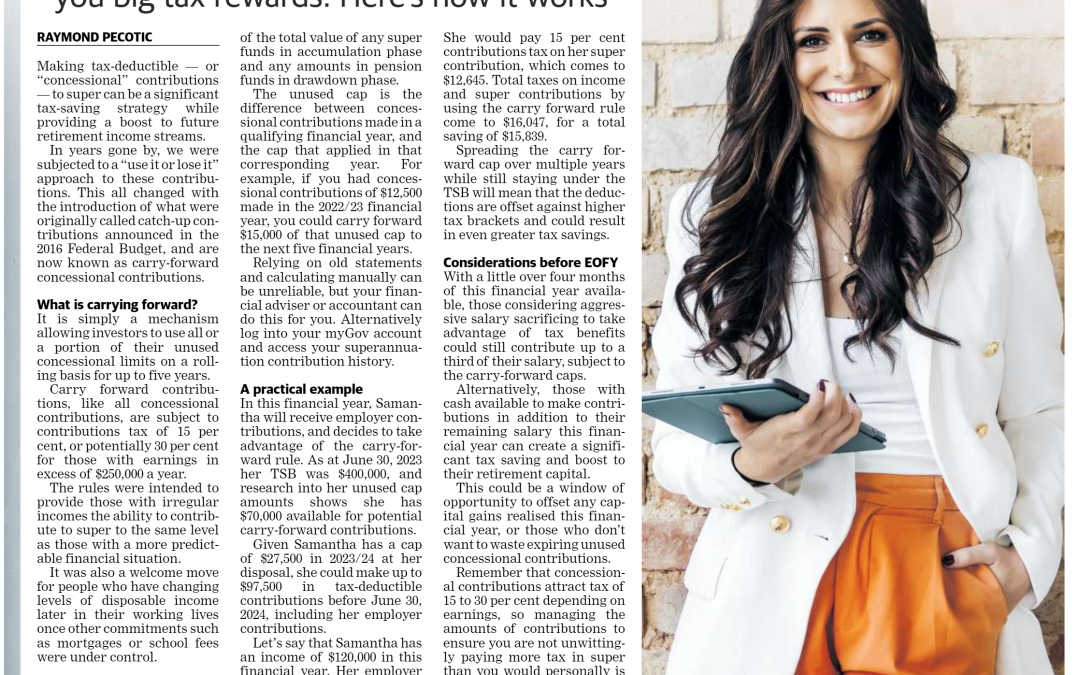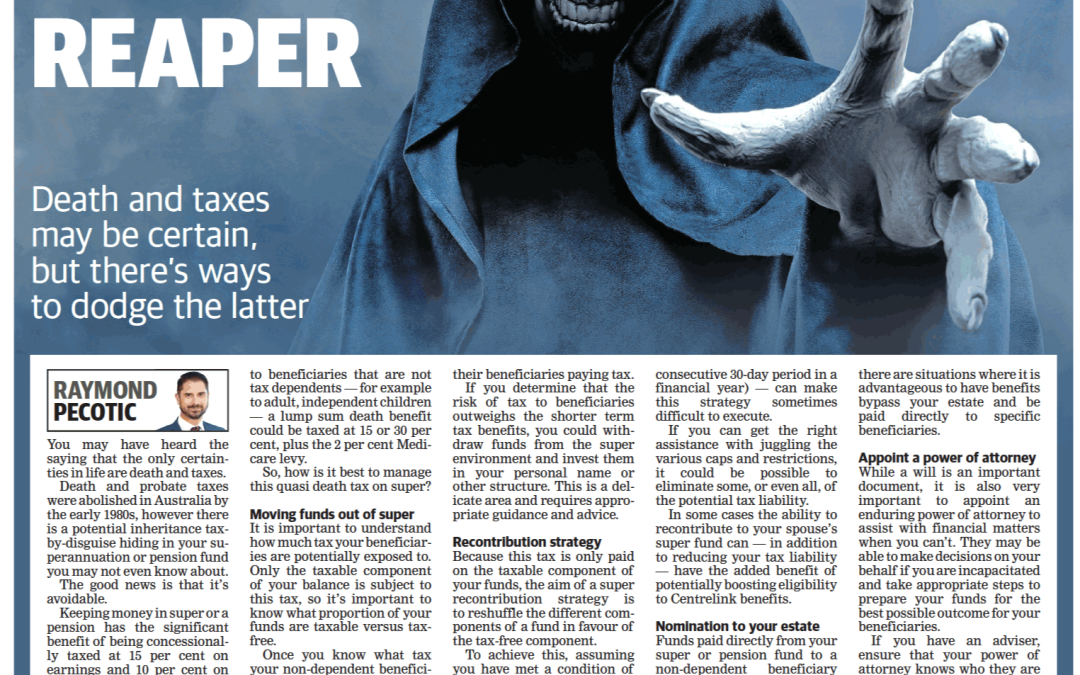By Raymond Pecotic, Managing Director of Empire Financial Group
This article was first published in The West Australian, Your Money, on 21 February 2022
The sharp sell-off in markets we saw in January has continued to deliver market volatility into February, and this bumpy ride may be with us for some time.
While short-term falls are the trade-off for long-term gains, nobody likes to see their portfolio fall. This is the time for patience and discipline, and it’s important to understand how markets behave and how to best respond for improved outcomes.
Here are six strategies that can help you manage this volatility and feel more confident about reaching your long-term goals.
- Remember, market volatility is normal
We’ve experienced market volatility in the past, so we can learn from previous behaviours to understand what to expect into the future.
Going back to the sell-offs associated with the oil embargos of the 1970s, through to double-digit inflation in the early 80s, Gulf Wars of the 1990s, the tech wreck of 2000, the Global Financial Crisis of 2008 and very recently the massive COVID-linked sell-off of March 2020 — all of these involved double-digit corrections and were followed by double-digit recoveries the following year. In fact, even within many positive years on the markets there are periods of intermittent pull backs. This is normal and healthy to ensure the market is priced correctly, and as a reminder to remain vigilant and limit excessive risk-taking. Despite the short term volatility, growth assets deliver a longterm upward trend and deliver higher returns than traditional defensive assets. Patience is key to successfully riding the cycle.
- Diversify your portfolio
In times of market volatility, the adage of “not keeping all your eggs in one basket” rings true.
At any given time one asset class may be performing strongly while others lag. In a well designed portfolio, a drop in one area of your investments is offset by growth in others.
Key to reducing portfolio volatility and risk is to own assets that perform counter-cyclically to each other. It is also important to maintain the correct asset class allocation, and particularly in times of volatility, rebalance your portfolio on a frequent basis.
- It’s not time to sell down
When the headlines grab our attention, it can be difficult to hold the course and not succumb to the noise encouraging us to get out.
However, in most cases it’s precisely the wrong thing to do. Why? Because just like you missed what you thought was the peak of the market, it is just as hard to predict what is the bottom and the supposed right time to get back in. Reacting to a market decline by selling an investment guarantees a loss that otherwise only existed on paper, and being out of the market can prevent you from participating in any gains when the market bounces back.
Experience has shown that many sit in cash, missing the often double-digit bounce backs, waiting for the right time to buy back in, and only do so when the market is booming again. Selling anything at the bottom and buying it back at the top is rarely a strategy for success.
- Invest regularly
Not only is selling during times of market corrections not prudent, it may well be the time to do precisely the opposite. When the price of growth assets falls, they can represent good value as you pick up good quality assets cheaper.
Predicting the top or bottom of the market is almost impossible, so you are better off maintaining a regular investment plan that buys good quality assets on a regular basis, and therefore “averaging” your purchase price. Sticking to that plan during market corrections lowers your average purchase price and helps maintain your financial plan through various market behaviours.
- Maintain a cash reserve
If you have short-term requirements, ensure you keep sufficient cash reserves to meet them — particularly if you’re drawing an income from your portfolio.
While it is tempting to be fully invested in buoyant market conditions, it may mean needing to sell down your capital at low points to fund short term needs. It is prudent to keep at least one year’s income in cash, and maybe more, to meet living expenses and allow the rest of the portfolio to ride the investment cycle uninterrupted.
- Don’t listen to the hype
The media loves to print headlines talking about stock market corrections and billions wiped off markets in a day, but this is one sided.
We rarely see headlines announcing bounce-backs and massive daily gains. It is therefore important to obtain balanced information and advice, avoid the negative press, and stick to your plan, waiting to take advantage of the inevitable rebound.
Raymond Pecotic is managing director of Empire Financial Group



